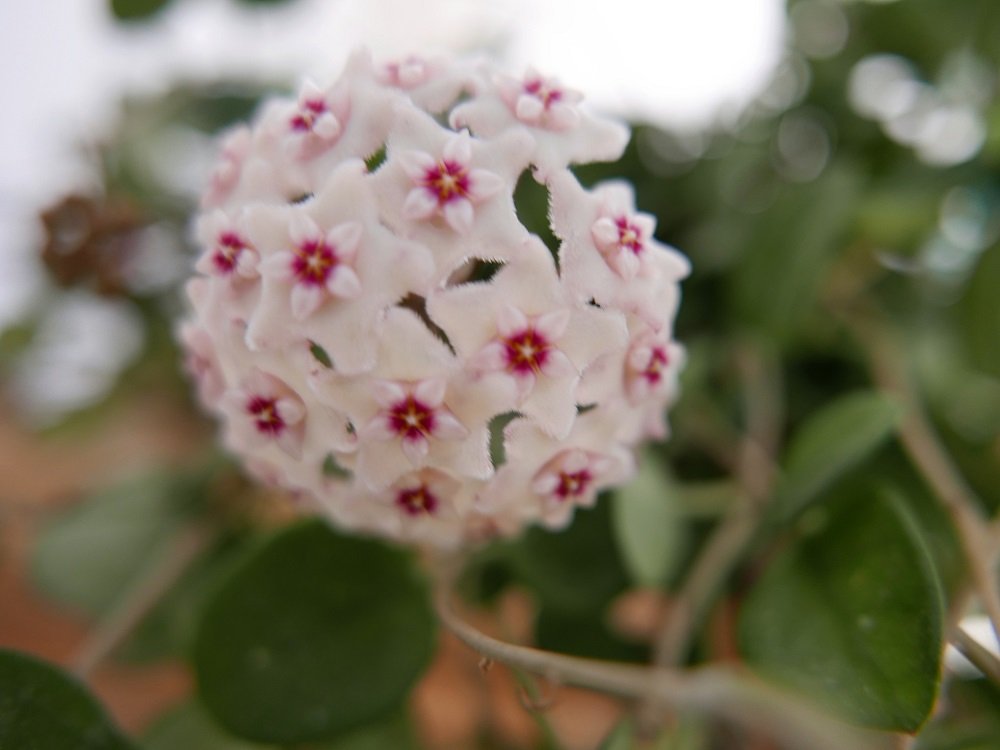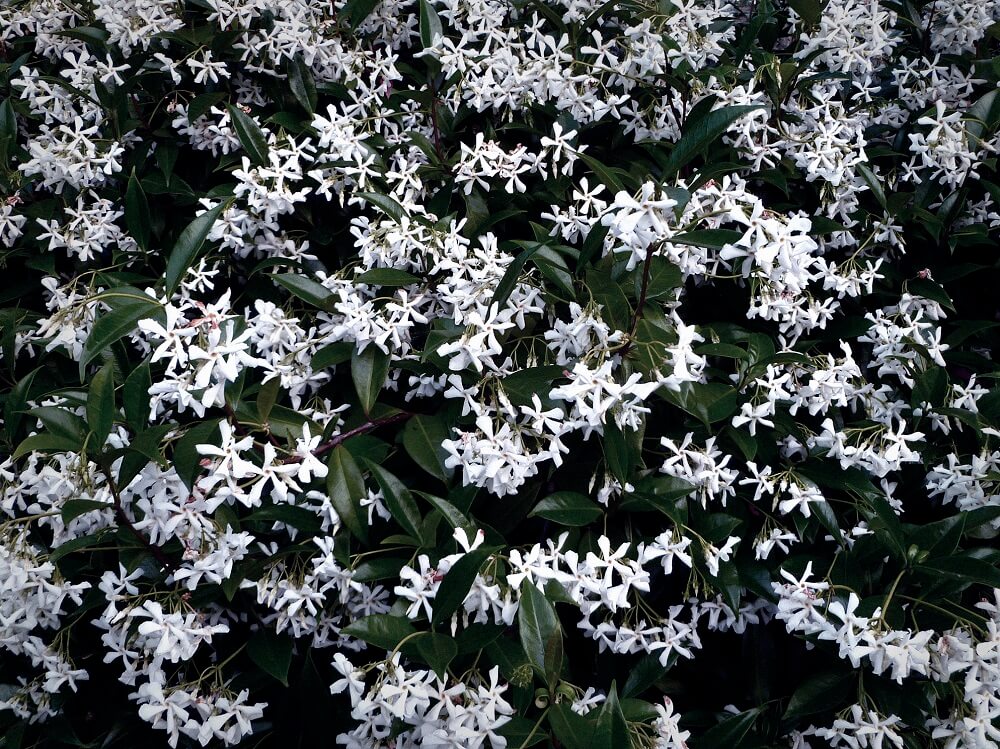“We are closer to orchids than we are to apes” (P. Sloterdijk)
Apart from their shape and colours, some flowers are treasured on account of their fragrance. To the afore-mentioned freesias and some orchid species, we could add those flowers that, mainly in summertime, leave an unforgettable experience in our minds. Jasmines are, in this respect, worth mentioning. Their degree of sweetness and acidity varies from species to species, from the intoxicating and slightly invasive Trachelospermum jasminoides, whose helical-shaped flower covers green carpets, almost entirely in white in the month of June, to the perchance more classic and long-lived single-flowering jasmine –Jasminum grandiflorum– that lasts until mid-September and October. Its slightly pungent final fragrance, commonly used in soaps and teas, makes it delightfully sweet, and equally pleasant to recall.
Speaking of syrupy-sweet flowers, seeping into summer breezes and blending in with the emotion they evoke, from the past and the present, we must mention here the night blooming jasmine (Cestrum nocturnum), known for its excellent blossoms and sparkling leaves. Bunched up, elongated and hardly open, the leaves group together and release their honey-streaked smells in the air which one can hardly escape. Their sweet breeze awakens nostalgic reminiscences, memories of an unlived life… but it is a life that is past. Sometimes, it is hard to determine this olfactory click, if there is no prior memory of a smell (as quoted by Proust on a madeleine helping with remembrance of smells past). Quite rightly, a way of triggering the memory is using songs about flowers, linked to a passing or romantic experience. The next fragrance we remember comes with one’s other half, with a well-known song, and “through this, I want to say I love you, I adore you, my life…”: perhaps is that of the Gardenia jasminoides, one of the most perfect, as it is piercing and complex on the one hand, but on the other it is balanced and structured, only likened to the smell of orange blossom. Added to this, it is a naturally beautiful flower in itself, has a fleshy whiteness that, unfortunately, turns yellow and withers in a few days, until it finally reveals the unflattering hues on its decay.

Despite being loosely related, the so-called “Madagascar jasmine” (Stephanotis floribunda) is a pretty plan that thrives in bright interiors. Its wax-like leaves and trumpet-shaped white flowers give the plant an elegant and delicate air. Its flowers are equally interesting when they’re closed, as its next-to-futuristic design buds make up beautiful bridal bouquets. It is also worth remembering the plant known as the Hoya carnosa: even when some of the leave’s versions may be confused with the Stephanotis, the Hoya is also known as “wax flower”, which evokes: bunches of starts open up to show a group of surreal-looking flowers, featuring a soft sweet-smelling fluff, whose centre drips with a colourless and sticky substance.
Read the first part: Attraction of flowers (I): bulbs and orchids



















